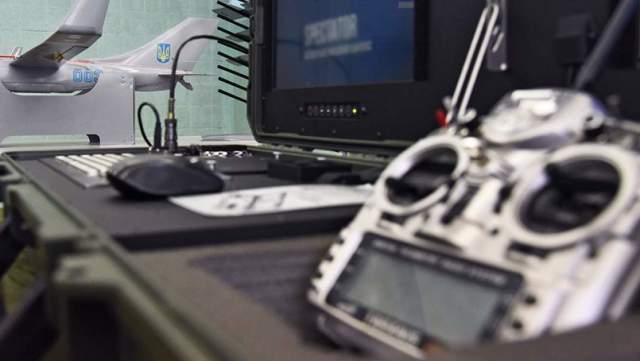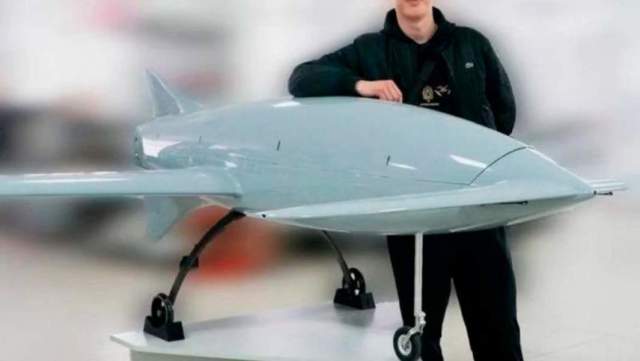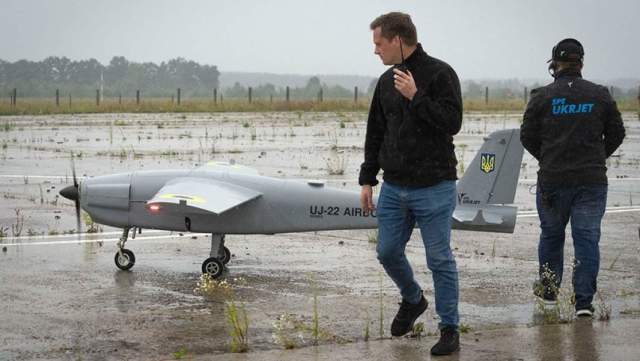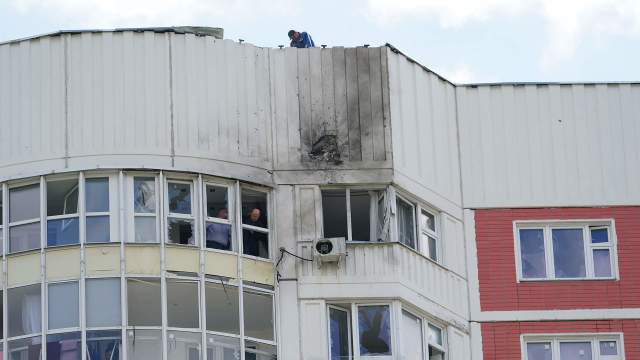And what kind of devices attacked the Russian capital at the end of May
On May 30, Moscow and several districts of the Moscow region were attacked by unmanned aerial vehicles (UAVs) that were moving towards the capital from the west. Russian air defense forces engaged in battle with Ukrainian drones. Some were shot down on approach to urban development, and others, having lost control, damaged residential multi-storey buildings. Izvestia, together with a military expert, the founder of the Military Russia portal Dmitry Kornev, figured out what it was and which devices are capable of delivering such a blow to Moscow.
Versions
One of the first hypotheses about the launch site of drones that arose was that they were launched from the territory of the Moscow region. In fact, it is very difficult to imagine, since such an operation would be extremely difficult for any special service: several cars with disassembled UAVs, several specialists in their preparation for departure, setup and management, appropriate equipment, materials, security. A dozen cars and dozens of people. And this group must secretly enter the territory of the Russian Federation through the border in the conditions of hostilities.
Next, this group needs to walk several hundred kilometers to the Moscow region, find a deserted clearing with a section of highway and prepare and launch all the drones within, say, an hour. An almost incredible task in terms of complexity. Moreover, there is no sense in such actions - taking into account the availability of long-range UAVs at the disposal of the Ukrainian special services.

UAV Control Panel
Image source: Photo: Global Look Press/ZUMAPRESS.com/Olena Khudiakova
Such drones could really be launched from the territory of Ukraine and fly to Moscow. 700 km in a straight line from Kiev to the Russian capital. But if you launch drones from the north-western part of the land controlled by Kiev and then send them along a complex route with an envelope of hills and air defense zones and exclusively along the lowlands to the north, followed by a turn to the east, then drones can reach the capital from the west just at the minimum height above the floodplain of the Moscow River. That's what we observed on the morning of May 30. Such a task is in principle feasible for heavy autonomous aircraft-like long-range UAVs, which were used by Ukraine in this attack.
How could they pass the border? Along the lowlands determined in advance, "diving" under a solid radar field in the area of the borders. Repeated flights of single drones in April and May, most likely, set as their task the search for gaps and "tunnels" in the zone of the state border and on the line of contact of a special military operation. Radars of powerful air defense systems can miss inconspicuous objects that move at low speed at ultra—low altitudes - tens of meters, literally above the tops of trees.
"Beaver"
What kind of drones could complete such a mission? Candidate No. 1 is a drone developed in late 2022 — early 2023 under the name "Beaver". Probably, most of the eight UAVs that took part in the raid on May 30 were these very remarkable devices — the aerodynamic scheme of the "duck" is quite effective for low-speed drones and allows a small engine to fly both a large fuel reserve and an impressive combat load.
The public presentation of the Beaver UAV took place on May 11, 2023, when the device was first demonstrated at a meeting of the Main Intelligence Directorate of Ukraine with bloggers who organized a fundraiser for the production of these devices. Apparently, the funds were collected, and the devices were built. On May 26, 2023, we saw the attack of such a drone in Krasnodar. It is likely that they have been used before.

UAV "Beaver"
Image Source: Photo: topwar.ru
The technical characteristics of the Beaver are unknown, but it can be assumed that it is a device about 2.5 m long with a wingspan of about 3 m, with a low-power piston engine and can have a flight range of up to 700-800 km. The speed of such a drone can be 120-150 km / h and, accordingly, the duration is at least six to seven hours. Judging by the non-retractable landing gear, the drone takes off from the motorway or from any runway. The estimated "Beaver" can carry up to several kilograms of explosives. This is clearly not enough to destroy a well—protected target, but it is quite enough for terrorist influence.
How are such drones controlled? It is likely that such a device is controlled by an operator at the launch site. But on the route, and even more so on the final section of the flight, the UAV is completely autonomous. It is controlled by an autopilot with an inertial system, with route correction according to satellite navigation data. That is, even if satellite navigation is turned off in the area, such a device continues its rectilinear flight according to the program laid down, but it may not calculate the altitude. Which probably leads to drones hitting the upper floors of houses without detonating the warhead. Perhaps the fuses were simply not cocked into combat position, since the drones have not yet reached their flight target. Of course, this is an assumption, a technical malfunction is possible, and the failure of the UAV electronics under the influence of electronic warfare systems.
UJ-22
But not only "Beaver" took part in the attack on the capital. The second long-range drone spotted on May 30 was the already well-known Ukrainian UJ-22 Airborne drone developed and manufactured by the Ukrainian company Ukrjet. This device is made according to a normal aerodynamic scheme and resembles an ordinary small aircraft. Its dimensions are more impressive than those of the Beaver, with a length of 3.3 m and a wingspan of 4.6 m. The drone can carry 20 kg of payload at a range of up to 800 km or more at a speed of up to 160 km/h. The maximum duration of the flight is 14 hours. Take—off is an ordinary airplane from a motorway or any part of a flat surface.
For the first time, the UJ-22 was shown at the exhibition "Weapons and Security – 2021", and then it was proposed to use it as a mini-bomber — the UAV can use bombs from an external suspension. But technically, such a device can also perform the role of a "kamikaze drone". Yes, it is larger, but it also carries more explosives and is probably better developed in mass production, which means it is more reliable than the Beaver.

Men are preparing for the launch of the Ukrainian multipurpose unmanned aircraft complex UJ-22 Airborne
Image Source: Photo: AP Photo/Efrem Lukatsky
Judging by the available information, both of these UAVs are in production and are being produced in the interests of the Armed Forces of Ukraine for use both as reconnaissance drones and, as we see, for strikes on populated areas. It is quite likely that such devices will be used together with missiles and other types of strike weapons — while the air defense will work on one target, others will try to pass the defense line unnoticed.
How to deal with such attacks? The recipe is already known to our anti—aircraft gunners - bringing forward additional air defense echelons and radar posts and closing all lowlands if possible. Yes, it will require additional forces and resources, but we are not talking about hundreds of complexes. Competent reinforcement with a certain number of radars and the Pantsir air defense system should strengthen the defense. After all, even now none of the drones have reached their goal — all were shot down and hit. And this made it possible to avoid serious casualties.
Dmitry Kornev

